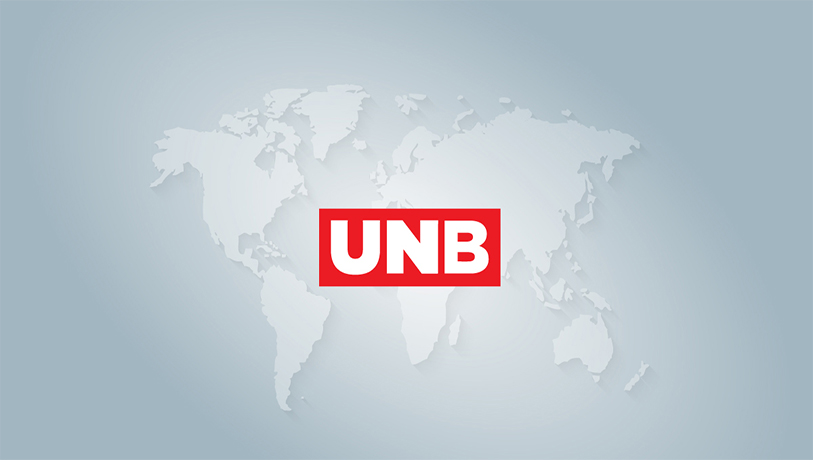Also Saturday, the U.S. government announced it would fly home Americans who were quarantined on a cruise ship in Japan.
Some 2,641 new cases of the virus were reported in the 24 hours through midnight Friday, raising the total to 66,492. Mainland China's death toll rose to 1,523.
The number of new cases was down from the 5,090 in the previous 24-hour period after authorities changed the basis for counting patients. Health experts say that will make it harder to judge the effectiveness of anti-disease controls that have cut off most access to some major cities and closed factories and offices.
Numbers of new cases have fluctuated over the past two weeks. That fueled optimism the disease that first emerged in December might be under control and warnings such hopes are premature.
The government announced measures aimed at preventing the virus from spreading as millions of workers crowd into planes, trains and buses to return to densely populated Chinese cities following the Lunar New Year holiday.
The holiday was extended to keep factories and offices closed, but officials have been ordered to revive business activity as economic losses mount.
Most access to the central city of Wuhan, where the first cases were reported in December, was suspended Jan. 23. Controls spread to cities with a total population of 60 million people. Restaurants, cinemas and other businesses were closed nationwide to prevent crowds from gathering.
Under the new measures, people returning to Beijing will have to isolate themselves at home for 14 days, said a notice published by state media late Friday. It said people who fail to comply will face legal consequences but gave no details.
A health official appealed to travelers to check themselves and report others who have symptoms.
"Before returning to school or work by train, road or plane, first judge your health status. Do you have a cold or fever?" said He Qinghua of the China Centers for Disease Control at a news conference.
COVID-19, a disease stemming from a new form of coronavirus, has spread to more than two dozen countries. On Friday, Egypt reported the first infection on the African continent.
On Thursday, the number of new cases reported by authorities in Hubei province, where Wuhan is located, spiked to 15,152.
That included 13,332 that were diagnosed with doctors' analyses and lung imaging instead of the previous standard of laboratory testing. Health authorities said the new method would facilitate earlier treatment.
Nine more temporary hospitals have opened in gymnasiums and other public buildings, with 6,960 beds in Hubei province, where Wuhan is located, the National Health Commission announced. It said they were treating 5,606 patients with mild symptoms.
Meanwhile, the ruling Communist Party is trying to restore public confidence following complaints that leaders in Wuhan suppressed information about the disease. The party faced similar criticism after the 2002-03 outbreak of severe acute respiratory syndrome, or SARS.
The party should "strengthen areas of weakness and close up loopholes" after the epidemic exposed "shortcomings and deficiencies," President Xi Jinping said at a meeting of party leaders Friday, according to state media.
The ruling party has replaced officials in charge of Hubei and Wuhan and tried to deflect criticism by allowing state media and members of the public online to criticize local officials.
Last month, residents of Wuhan shared videos online showing people being turned away from crowded hospitals. Some said on the popular Sina Weibo microblog service that family members showed symptoms but couldn't get tests.
Extended closures of factories and businesses prevented a flood of travel after the Lunar New Year holiday, normally the Chinese industry's busiest season, officials said at a news conference.
Total volume of daily travelers is down 80% from last year, according to a deputy transportation minister, Liu Xiaoming.
"We believe there will be no peak passenger flow for return journeys," said Liu.
Anti-disease measures are causing losses so severe that economic forecasters have cut their outlooks for China's growth this year.
The state-owned banking industry has provided more than 537 billion yuan ($77 billion) in credit to industries such as retail, catering and tourism that have been hurt most, according to Liang Tao, vice chairman of the China Banking and Insurance Regulatory Commission.
Also this weekend, a team of World Health Organization experts were due to begin a mission in China.
"Particular attention will be paid to understanding the transmission of the virus, the severity of the disease and the impact of ongoing response measures," said WHO Director-General Tedros Adhanom Ghebreyesus in a statement.
A WHO official, speaking at a conference in Munich, defended China's handling of the outbreak.
"Some of the rhetoric for me has not been helpful, not been helpful at all. China has a strong public health and health system," said Dr. Michael Ryan, WHO's chief of emergencies. "I think we as the global community need to change our narrative if we're going to work successfully with China and other countries to stop this disease."
In Japan, the U.S. Embassy said it was preparing to fly home Americans quarantined aboard the cruise ship Diamond Princess in Yokohama, near Tokyo. It said they will go into quarantine in the United States.
Those who return to the United States will fly to Travis Air Force Base in California and some will fly onward to Lackland Air Force Base in Texas, said an embassy statement. It said no one with symptoms would be allowed aboard the flight.
So far, 285 people from the ship have tested positive for the virus. Japan's Health Ministry allowed 11 passengers to disembark Friday. It said passengers above 80 years of age, those with underlying medical conditions and those who stayed in windowless cabins during the 14-day quarantine can move to a facility on shore.
In Indonesia, 285 men, women and children who flew home from Wuhan were released after a two-week quarantine on remote Natuna Island. The group included 47 flight crew members.
